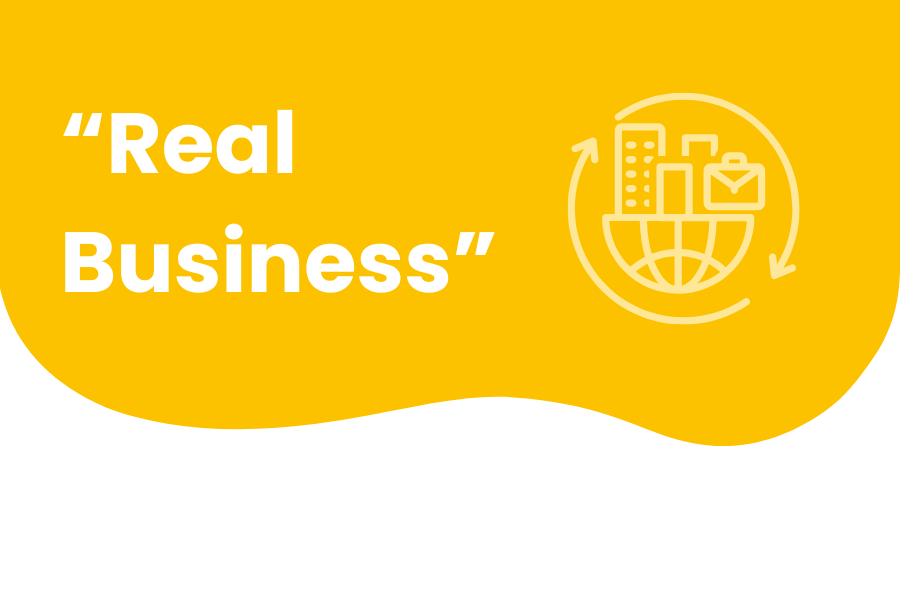10 Strategies for How We Hire With Fit in Mind
There is a direct correlation between the business culture of a company and its financial success, and people are the drivers of both. With this in mind, when hiring, it’s wise to focus more on finding someone who fits into the company culture rather than exclusively looking for certain skills. I base hiring decisions 60 percent on fit and 40 percent on skills.
This doesn’t mean simply hiring someone you like and hoping they can do the job. The goal should be to analyze the candidate’s personality and introduce the potential employee to the company’s culture, so you both can make the right decision.
A few years ago, we had a senior executive who didn’t fit. She had been hired through an extensive interview process, but since no hiring process is perfect, we didn’t pick up on some key fit clues. Once she was on board a few months, she began creating havoc across the company, making decisions without gathering input or gaining consensus, and putting our culture at risk. After coaching failed, we decided to let her go. When we did, a cloud lifted off the entire company. In hindsight, we waited too long to act.
10 Tips For Hiring With Fit In Mind
Here are 10 tips to help you avoid making the same mistake and hire with fit in mind:
I always say to hire the heart and not the head. This principle holds true whether you have two employees or 2,000. I can teach people skills, but it’s very hard to teach fit. For the most part, people either fit into a company’s culture or they don’t, and having people who fit is a key to success.
- Make the hiring process tough so managing will be easy. When hiring, the goal should never be to just put a butt in the seat. Have patience and hire the right person for the job.
- Look internally first. Since these individuals are already part of the family, chances are they fit.
- Ask job candidates to go through multiple interviews. These interviews should be with the hiring manager, HR representatives, and peers above and below the candidate’s position. By gathering perspectives from up and down the organization, you will have a broader perspective on fit.
- Make sure interviewers ask fit-related questions. These are generally behavior-based questions, and there are plenty of guides on the market that can help.
- Ask candidates to complete personality assessments. But keep your expectations reasonable. There is no ideal test for fit.
- Communicate the importance of company culture and values. Make sure they understand how these elements factor into hiring and firing decisions so they can recommend outside candidates who might fit into the company’s culture.
- Reward employees for referrals. Create a recognition program that acknowledges employees who are living out the company values and supporting the company culture.
- Provide coaching for employees who have veered off-course. Some people can change if their behaviors aren’t too deeply ingrained.
- Conduct annual culture reviews. These reviews enable the senior management team to determine which individuals have fit problems and uncover whether others have simply developed misperceptions about certain individuals. You can also identify “fit superstars” who can serve as mentors. In grading employee goal performance, keep fit in mind. Twenty to 50 percent of an employee’s evaluation should be based on fit or adherence to company values.
- Don’t delay in pulling the trigger. If an employee consistently falls outside the company’s cultural boundaries, don’t be afraid to let them go. That’s a tough position to hold in a company with a familial atmosphere. But just as hiring the wrong employee hurts morale and impedes your company’s ability to reach goals, keeping those same employees makes matters even worse.
There's more to learn about hiring, firing, and promoting employees with purpose. It takes formalized processes and alignment throughout your organization to truly get hiring right. When you learn from leaders who have been there, you can avoid many of the pitfalls that can hold your culture back.





Submit Your Comment